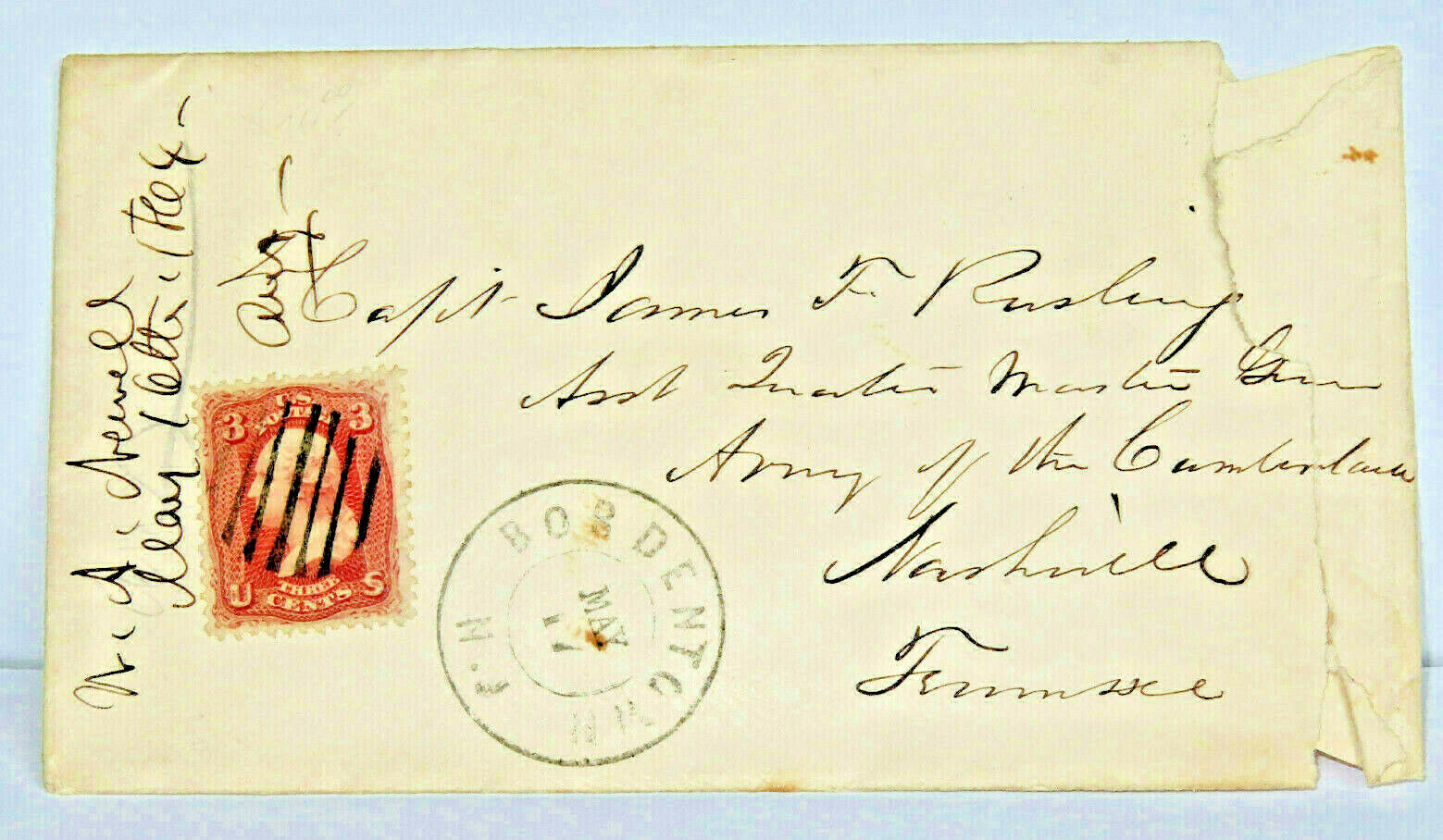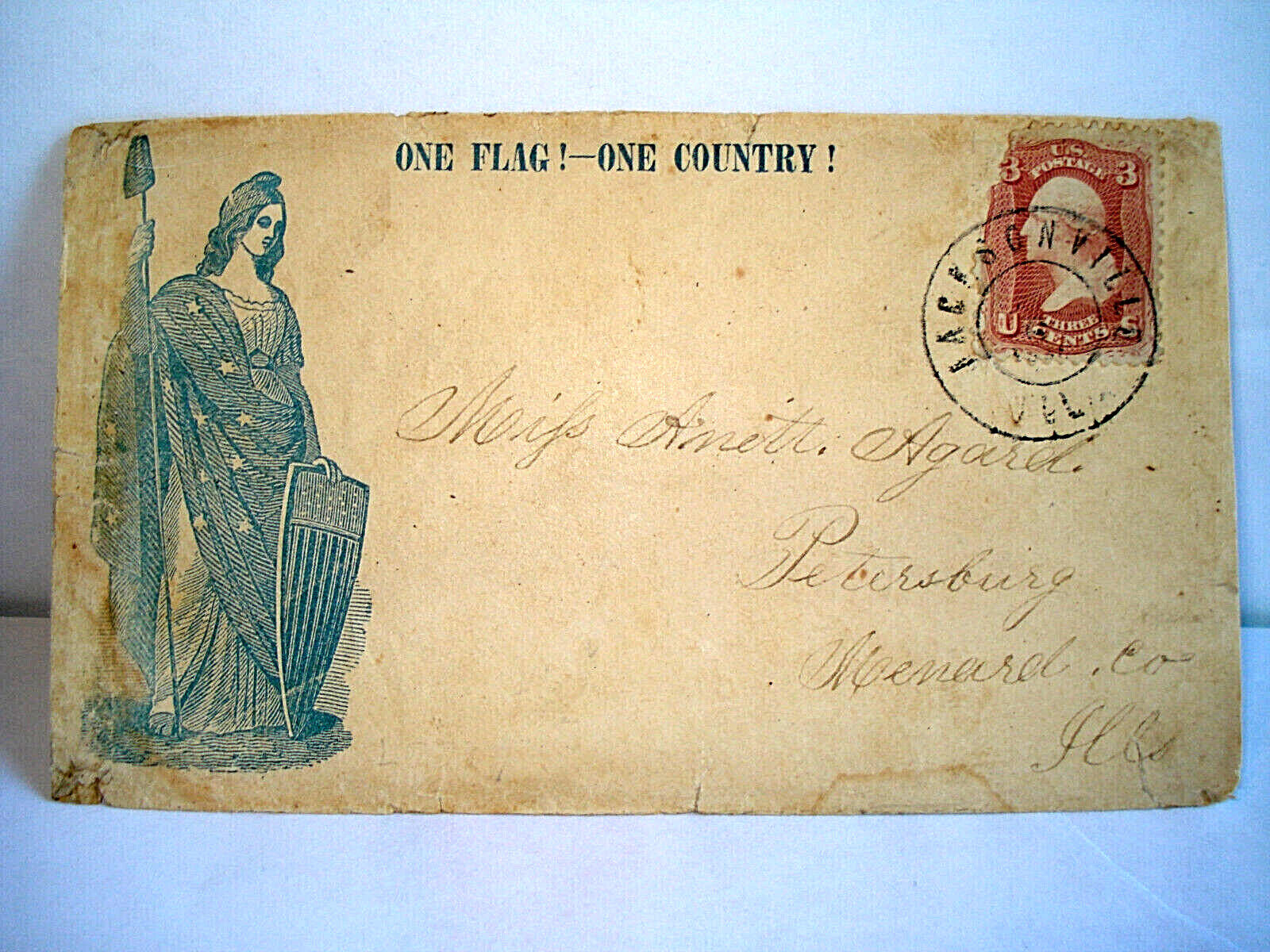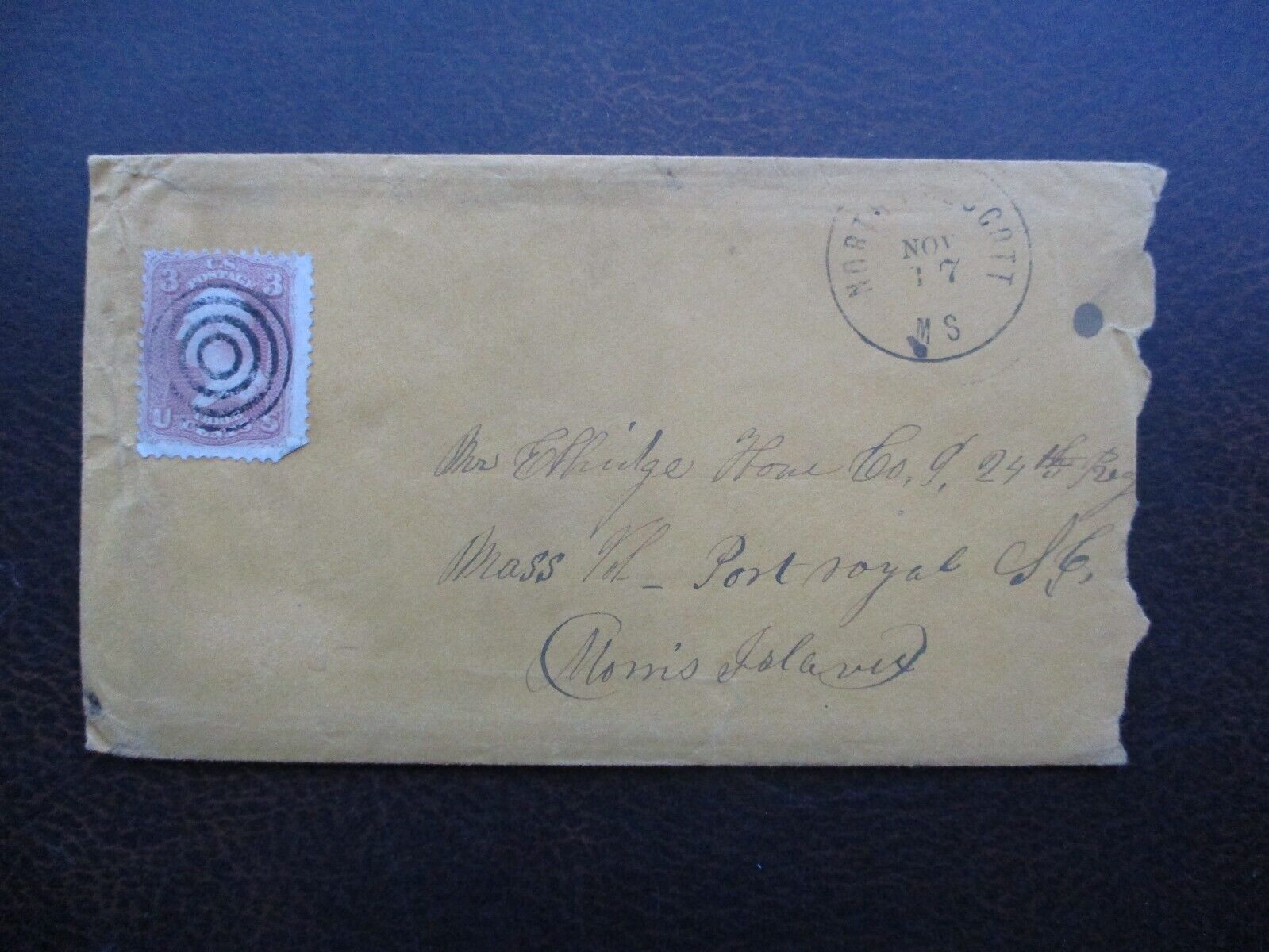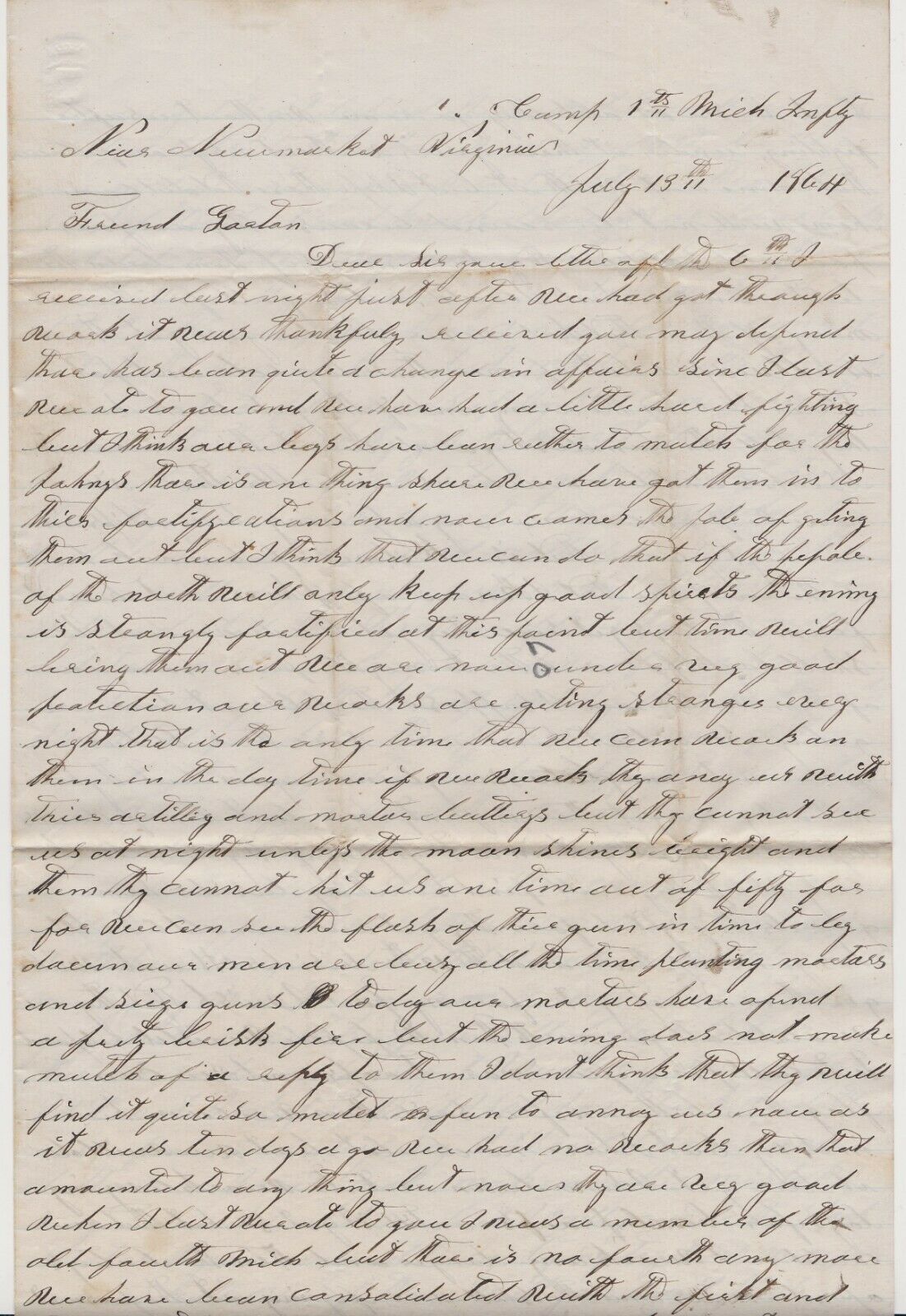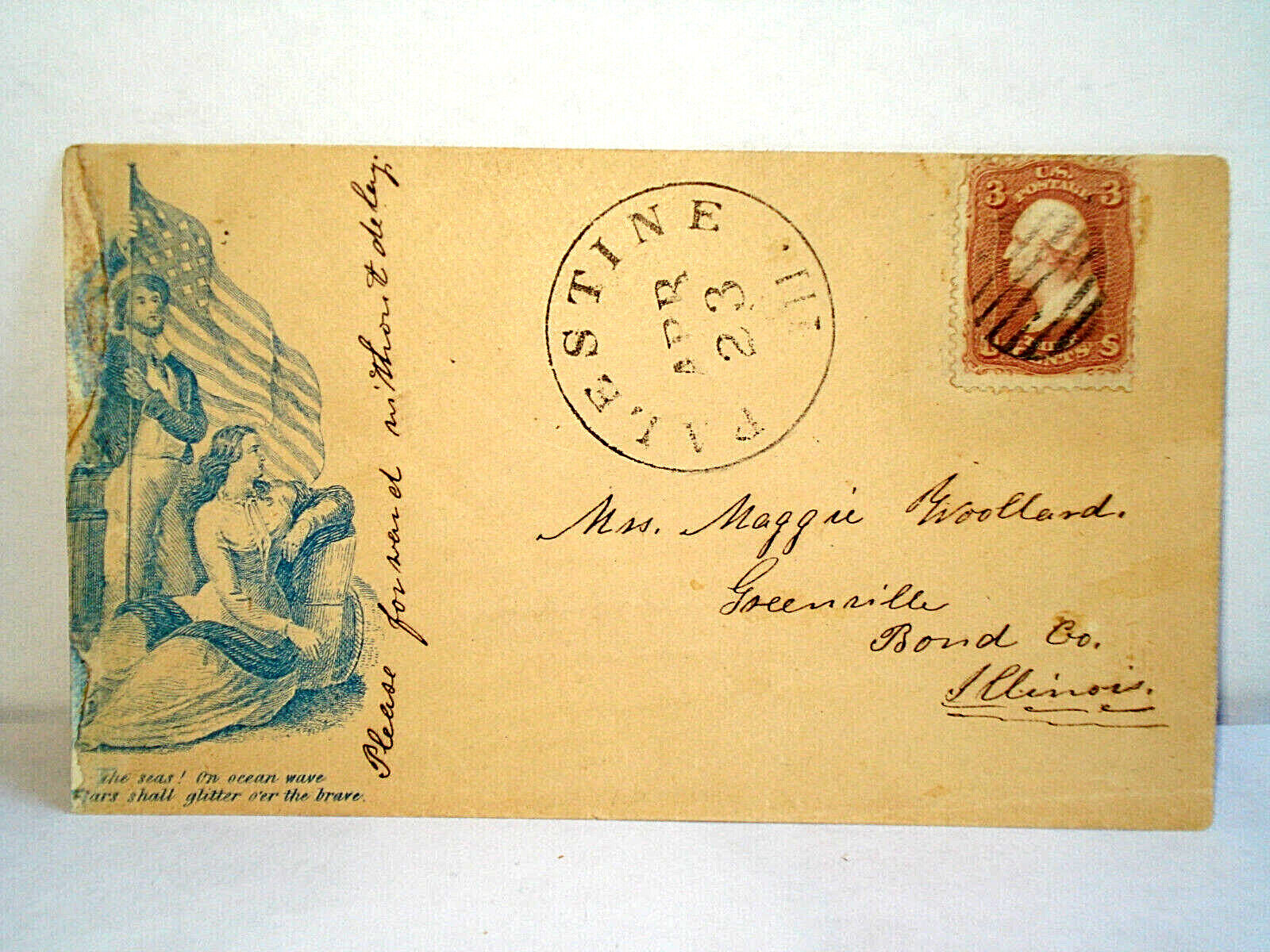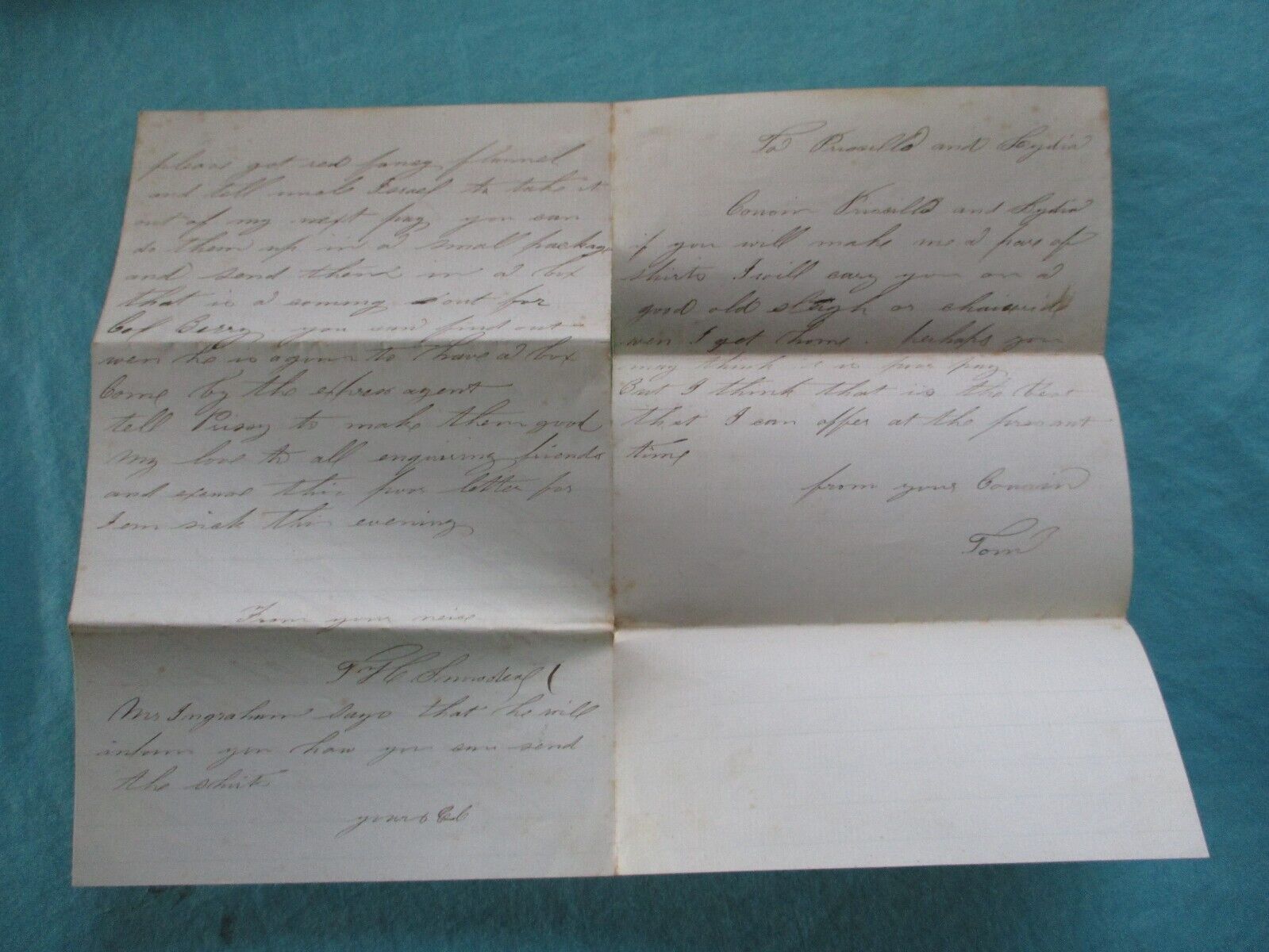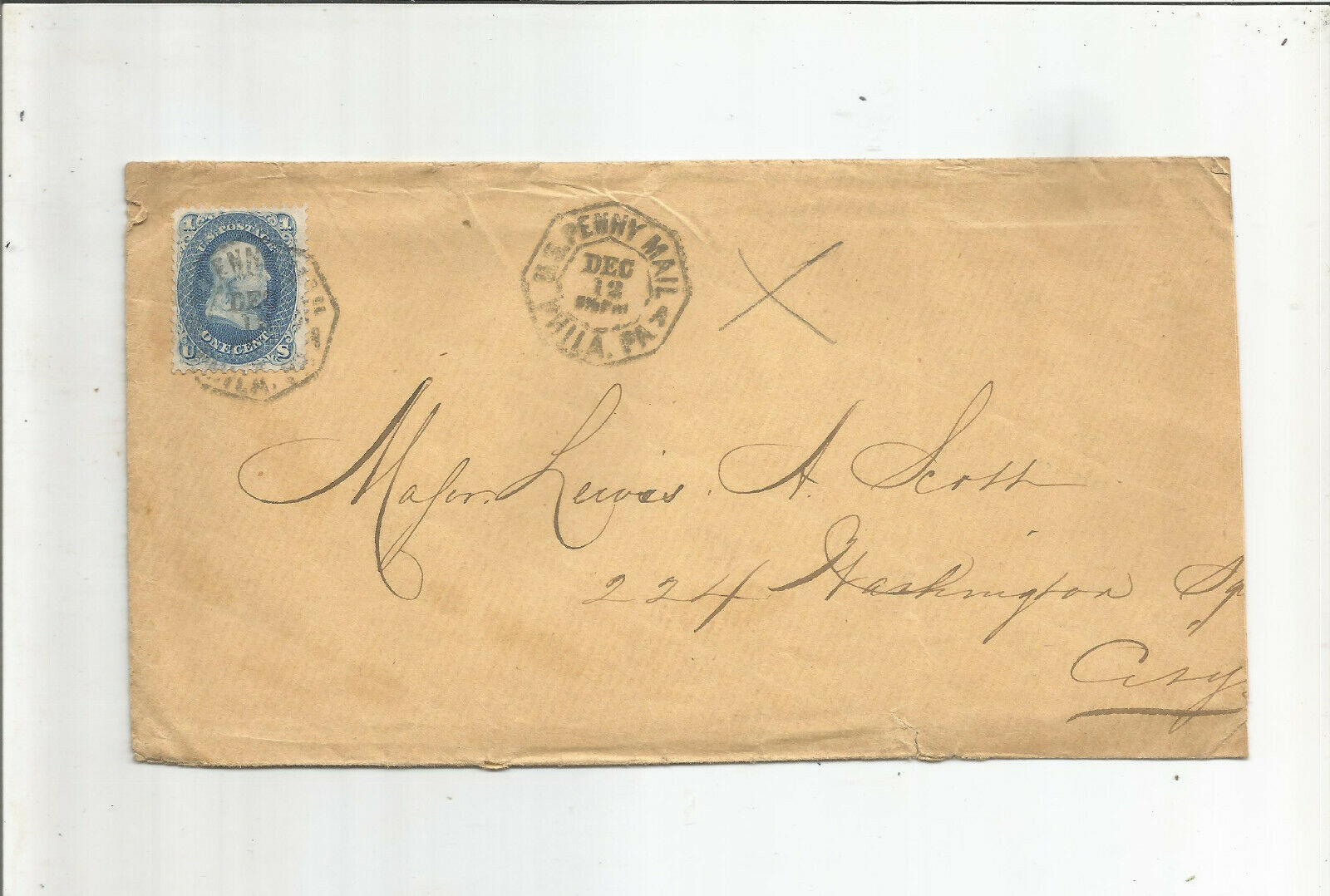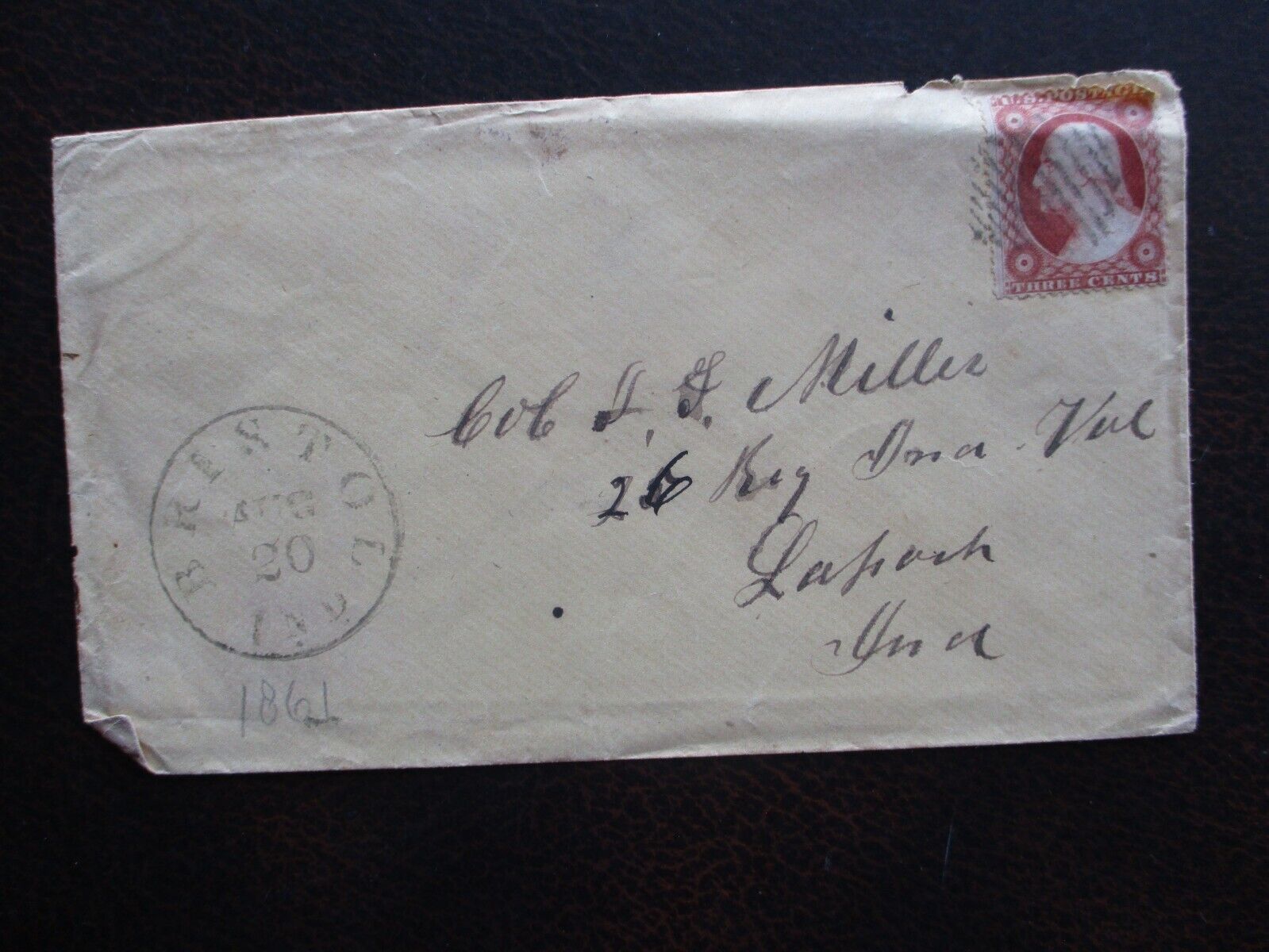-40%
👉 Civil War ARMY OF THE CUMBERLAND Cover JAMES F RUSLING ~ NASHVILLE TENNESSEE
$ 15.83
- Description
- Size Guide
Description
MAY 1864Civil War
ARMY OF THE CUMBERLAND
Cover
JAMES F RUSLING
~
NASHVILLE TENNESSEE
.
INTERNET INFO:
https://en.wikipedia.org/wiki/Army_of_the_Cumberland
Army of the Cumberland
Battle of Missionary Ridge
Active
October 24, 1862 – August 1, 1865
Country
United States
Branch
United States Army
Type
Field army
Engagements
American Civil War
Battle of Stones River
Tullahoma Campaign
Battle of Chickamauga
Chattanooga Campaign
Atlanta Campaign
Franklin–Nashville Campaign
Commanders
Notable
commanders
William S. Rosecrans
George H. Thomas
Robert Anderson
The
Army of the Cumberland
was one of the principal
Union
armies in the
Western Theater
during the
American Civil War
. It was originally known as the
Army of the Ohio
.
History
Maj. Gen. William S. Rosecrans
The origin of the Army of the Cumberland dates back to the creation of the
Army of the Ohio
in November 1861, under the command of
Brig. Gen.
Robert Anderson
. The army fought under the name
Army of the Ohio
until
Maj. Gen.
William S. Rosecrans
assumed command of the army and the
Department of the Cumberland
and changed the name of the combined entity to the Army of the Cumberland. When Rosecrans assumed command, the army and the
XIV Corps
were the same unit, divided into three "grand divisions" (wings) commanded by
Alexander McCook
(Right Wing),
George H. Thomas
(Center), and
Thomas L. Crittenden
(Left).
General Orders No. 168 was the order passed by the Union Army on October 24, 1862, that called for the commissioning the
XIV Corps
into the Army of the Cumberland.
The army's first significant combat under the Cumberland name was at the
Battle of Stones River
. After the battle the army and XIV Corps were separated. The former Center wing became XIV Corps, the Right wing became
XX Corps
, and the Left wing became
XXI Corps
. Rosecrans still retained command of the army. He next led it through the
Tullahoma Campaign
and at the
Battle of Chickamauga
, after which the army became besieged at
Chattanooga
. Maj. Gen.
Ulysses S. Grant
arrived at Chattanooga. Reinforcements from the
Army of the Potomac
and the
Army of the Tennessee
also arrived. Rosecrans had been a popular and respected commander, but because of his defeat at Chickamauga and inability to lift the
Confederate
siege, Grant chose to replace him with
George H. Thomas
on October 19, 1863.
Maj. Gen. George H. Thomas
In the
Battles for Chattanooga
, Grant had been leery of using the Army of the Cumberland in the main fighting, fearing their morale to be too low after the defeat at Chickamauga. Instead, he used the veterans from the Army of the Potomac, proud of their recent victory at the
Battle of Gettysburg
, to take
Lookout Mountain
and planned to use the troops from the
Army of the Tennessee
, also recent victors at the
Siege of Vicksburg
, to attack the Confederate right flank on
Missionary Ridge
. The Army of the Cumberland was given the minor task of seizing the rifle pits at the base of Missionary Ridge. However, once they achieved their objective, four divisions (one led by
Philip H. Sheridan
) stormed up the ridge and routed the Confederate center. When Grant angrily asked who had ordered those troops up the ridge both Thomas and
Gordon Granger
, a corps commander in the army, responded they did not know. Granger then added, "Once those boys get started, all hell can't stop 'em."
After Grant's victory at Chattanooga earned him promotion to general-in-chief of the U.S. Army, Maj. Gen.
William T. Sherman
assumed command of Grant's
Military Division of the Mississippi
, which controlled all
Union
armies in the West. He created an "army group" of the Army of the Cumberland, the
Army of the Tennessee
, and the
Army of the Ohio
and
marched towards Atlanta
in
May 1864.
On the way to Atlanta they fought in many battles and skirmishes including the
Battle of Kennesaw Mountain
. In September, Atlanta fell to Sherman's army group. When Confederate general
John B. Hood
moved north from Atlanta, Sherman chose not to follow him and instead dispatched some of the Army of the Cumberland (IV Corps and Provisional Detachment) and the Army of the Ohio (
XXIII Corps
) after him. Thomas finally met Hood at the
Battle of Nashville
and crushed him, thus bringing to an end any significant military actions for the Army of the Cumberland. Other elements of the Army of the Cumberland (the XIV and XX Corps) marched to the sea and north through the Carolinas with Sherman, under the command of Maj. Gen.
Henry W. Slocum
. These forces became the Union's
Army of Georgia
and participated in the
Grand Review of the Armies
in
Washington, D.C.
, before President
Andrew Johnson
in 1865.
Command history
Commander
From
To
Major Battles and Campaigns
Major General
William S. Rosecrans
October 24, 1862
October 19, 1863
Stones River
,
Tullahoma Campaign
,
Chickamauga
Major General
George H. Thomas
October 19, 1863
August 1, 1865
Chattanooga
,
Atlanta Campaign
,
Franklin
,
Nashville
Orders of battle
Stones River Union order of battle
Chickamauga Union order of battle
Chattanooga-Ringgold Campaign Union order of battle
Atlanta Campaign Union order of battle
Peachtree Creek Union order of battle
Nashville Union order of battle
https://www.findagrave.com/memorial/8461618/james-fowler-rusling
Civil War Union Brevet Brigadier General.
An 1854 graduate of Dickinson College, he entered the Pennsylvania Bar in 1857, and the New Jersey Bar in 1859, and served as the Morris County solicitor just prior to the outbreak of the Civil War. When the war erupted in April 1861, he enlisted in the Union Army, receiving a commission of 1st Lieutenant and Regimental Quartermaster of the 5th New Jersey Volunteer Infantry on August 5, 1861. He served in that capacity through the organization and training of the unit, and during its first taste of combat in the Spring 1862 Peninsular Campaign. His able administrative skills were noticed by superiors, and resigned his New Jersey commission on June 21, 1862 to accept a commission of Captain in the Union Army's Volunteer Quartermasters Corps.
He was then assigned as the Assistant Quartermaster on the staff of Brig. General Joseph B. Carr, where he served from June 1862 to May 1863, when he was promoted to Lieutenant Colonel, and made Assistant Quartermaster for III Corps commander Maj. General Daniel E. Sickles. He served in this role until after the Gettysburg Campaign (which saw the III Corps get wrecked and greatly reduced), after which he was detailed as the Chief Assistant Quartermaster for the Department of the Cumberland. As the war was winding down, he was promoted to Colonel, and made full time Inspector of the QM Department. He remained in the Army well after the end of the conflict, being brevetted Brigadier General, US Volunteers on February 16, 1866 for "faithful and meritorious services", and being mustered out in September 1867.
He returned to his law practice, rising to prominence in Trenton, New Jersey, where he engaged in both law, real estate, and was a pension agent right up until his passing in that city in 1918. Considered a keen observer of his times, he published several books, such as "Men and Things I Saw in Civil War Days" (1899), his observations of his Civil War experiences, "The Great West and Pacific Coast" (1877), which detailed his experiences while making an Inspection tour of the American Western Frontiers in 1866 and 1867, and "European Days and Ways" (1902), a work that gave an American eyewitness perspective of Europe in the opening days of the 20th Century.
SATISFACTION GUARANTEED
We want you to be happy with your purchase.
We offer a 14 day return on any item that you find is not as described. Please give us a chance to make it right if you feel that we have made an error.
Please ask all questions prior to bidding or buying.
We reserve the right to cancel any bids that we think was not made in good faith. By placing a bid or making a purchase from us means that you the buyer agrees to all terms applied on this listing set by Ebay Inc.
We only sell original authentic material.
We are buyers, sellers, and collectors of interesting philatelic & numismatic material. We are life members of the ANA, APS, & CWPS.
"Delivering guaranteed satisfaction on Ebay since 2002.
US SHIPPING
We combine shipping on multiple purchases. Please wait before paying in order to receive a
discount on combined shipping
. We will provide a
tracking number
for your purchase.
WORLDWIDE SHIPPING
We
DO NOT
SHIP OUTSIDE OF THE US
. However, we do use
EBAY GLOBAL SHIPPING
whereby Ebay charges you a fee to guarantee a safe and timely delivery of your package. Please contact Ebay for your country's rate.
All fees collected from Ebay's global shipping goes to Ebay, Inc. not the seller.
PAYMENT
WE GLADLY ACCEPT PAYPAL
as as well as other forms of payments set by Ebay's managed payments.
Please pay for your purchase within
3
days
. Ebay will automatically send payment reminders; so please disregard if payment has already been made.
Any and all state taxes collected from Ebay via your invoice goes to your state tax office not the seller.
Please contact Ebay with any local and state tax questions before bidding/buying.
